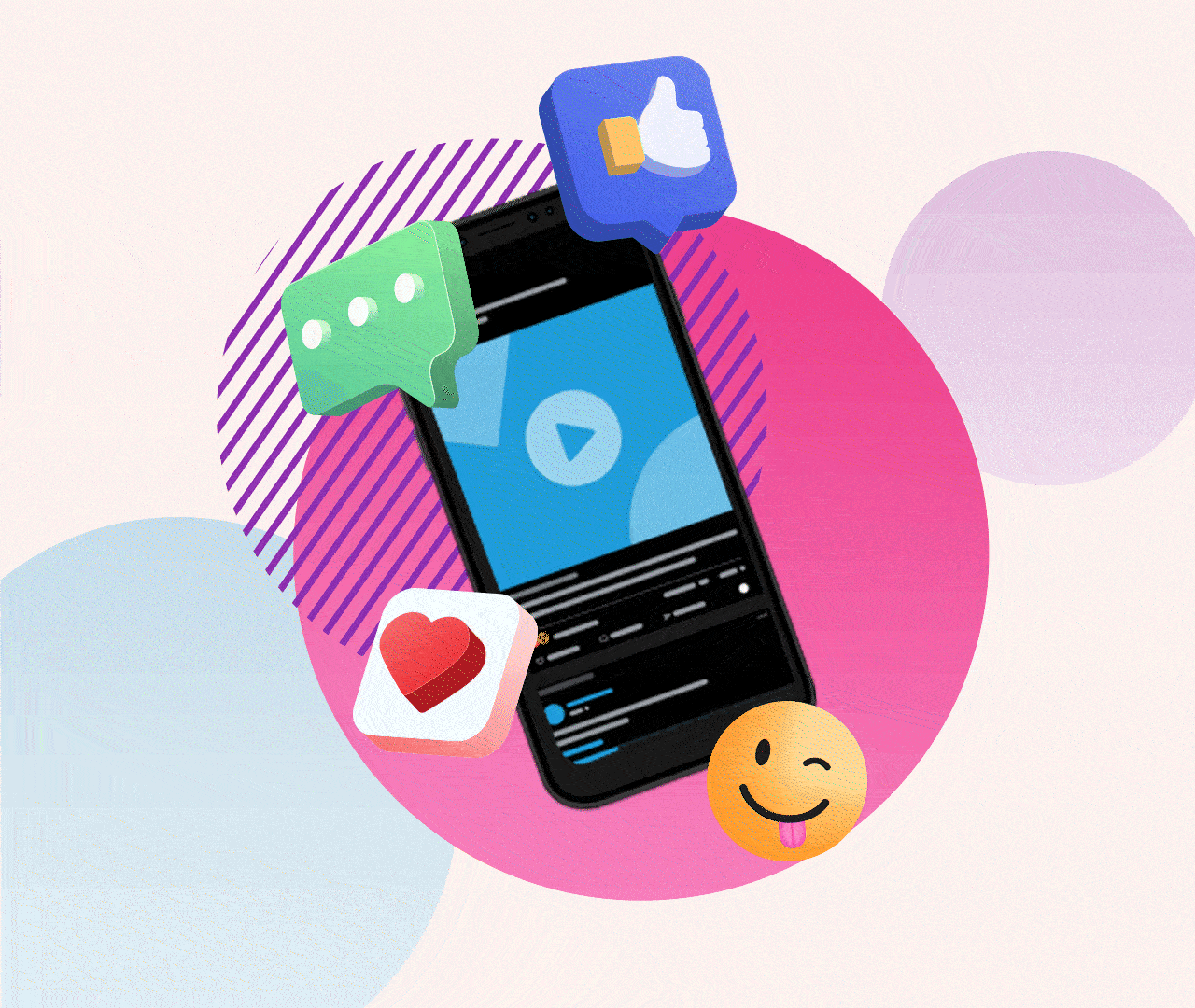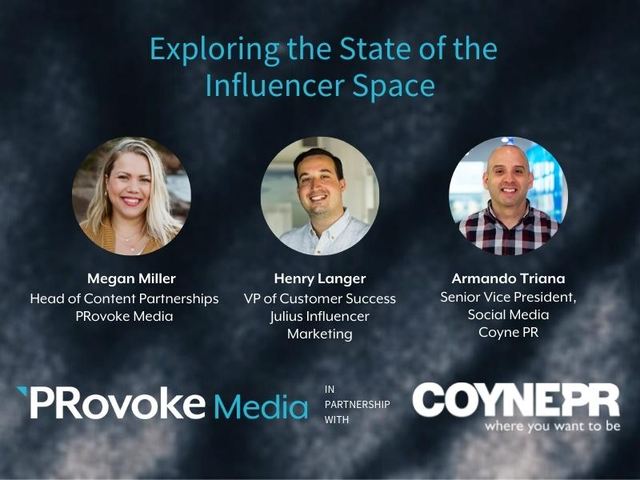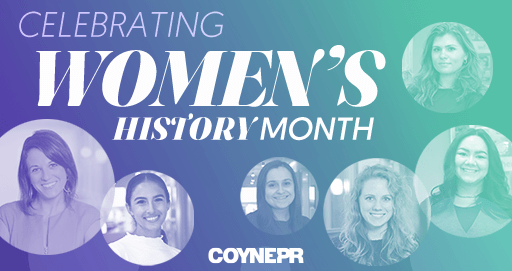From nano to mega and views to exclusivity, influencer marketing jargon has created new buzzwords for brands and marketers to embrace and understand. The COVID-19 pandemic fostered the explosion of influencer marketing, catapulting it into the mainstream. But is this boom a bubble about to burst?
The current state of influencer marketing is strong. According to Influencer Marketing Hub, the influencer marketing industry is set to grow to approximately $16.4 billion in 2022, a 41% increase from 2020. We have seen budgets from other marketing and communications disciplines shift to influencer-focused campaigns across key industries, including skincare/beauty, parenting, food and, most recently, travel. In fact, when asked at the beginning of 2022 by Influencer Marketing Hub, 68% of marketers surveyed said they plan to increase their influencer marketing spend this year.
In the last two years, brands have either been made or marred by the influence of a social media personality. One great example is the L’Oreal skincare brand CeraVe. Social media posts by popular influencers, such as YouTube star Hyram, not only drove online mentions, but saw products in such high demand they were sold out across stores. The brand capitalized on the opportunity of an influencer who authentically and organically posted about products to build a natural relationship for paid content which was embraced by followers and carried cross-platform, including his TikTok.
To dive deeper into the boom, we commissioned our influencer technology partner, Julius, to provide data analysis of the industry in April 2020, at the start of the COVID-19 pandemic, and two years later in April 2022. Julius’ database of millions of influencers with data points on their followers, including interests, demographics and geographic information, helped to tell the story. We tracked follower growth as the quantitative metric to show the level of influence and reach of the influencer. Audience health, identified as Poor, Good or Exceptional, was the qualitative metric analyzed to identify the followers are from valid accounts and not spam/bot accounts.
We also specifically looked at industries and verticals that Coyne PR most often executes influencer marketing campaigns within, including skincare and beauty, family and parenting, food/cooking and travel.
As we saw the success of CeraVe and a Hyram partnership, the data across the skincare/beauty space saw an average follower growth of 29% and an audience health rating of Good, since early 2020.
From parents seeking advice to raise their family, to at-home chefs looking for their next tasty recipe, to the traveler looking for their daily dose of wanderlust, influencers were shown to be educating and entertaining a growing number of online audiences. The data for the other tracked industries shows both a follower growth increase and, at minimum, an audience health rating of Good.
- Parenting/Family
- Average follower growth: 77%
- Average audience health: Good
- Cooking/Recipe Development
- Average follower growth: 69%
- Average audience health: Exceptional
- Travel
- Average follower growth: 34%
- Average audience health: Good
You’ll notice the Cooking/Recipe industry has an Exceptional audience health rating. This can most likely be attributed to the surge of followers of all ages on TikTok the last two years. With more adult followers on platform, content trends changed, including an increase in step-by-step recipe video content.
One call out from the Julius data: influencer engagement rate across verticals was similar, or slightly lower, from 2020 to 2022. While this may seem like a red flag for influencers, platform trends and algorithms explain otherwise. TikTok is inherently a video platform, while Instagram prioritizes video content, including Reels. Users are consuming and watching video content, sometimes going down a hours-long rabbit hole (thanks algorithm! ?). Their interaction with the content is counted as a view, but not necessarily as an engagement. Thus, the traditional engagement rate metric can be skewed since an influencer’s overall reach and content consumption may be very good.
One factor important to the growth of the industry is how influencers have become more educated about the overall business of their online presence. There was a time when influencers would post on behalf of a brand in exchange for free product, services and branded swag items. Now that the industry has exploded, it is becoming more difficult to find influencers willing to collaborate in exchange for anything other than monetary compensation. Even during the pandemic, when influencers were building their library of TikTok and Instagram content at a rapid pace, they understood the value of their digital reach and engaged audience. Industry trends – and speaking with other influencers – helped dictate a dollar amount they thought was fair. The way influencers are compensated will continue to evolve just as the way consumers find and engage with content.
To look ahead at what’s next for the influencer marketing industry, we can look at the recent past:
- Influencers will be vital to communicate facts. Misinformation and disinformation can spread like wildfire. Influencers can be an important communication asset to leverage to reach and educate audiences during a critical time, especially long-term brand partners and advocates. Brands that have cultivated relationships with influencers and can quickly create turnkey content to disperse accurate information from a reliable, trustworthy source, will continue to succeed. In skincare, for example, credentialed skincare experts are activated to share sound worthy advice, debunking myths about ingredients, product application, routines and benefits.
- The TikTok influencer is the new Netflix Original. Doom-scrolling through the endless negative news during 2020 caused users to want a fun, entertaining outlet. TikTok was already a mainstay for younger users, but adults began taking to the platform seeking a refuge from the doom and gloom they found in-feed on other social media platforms. Match that with a powerful algorithm that creates a unique feed experience (aka For You Page) for every user, and you have what seems like a never-ending binge of your favorite video content. TikTok influencers produce short, punchy, creative pieces of video content and entice audiences to stop scrolling. The platform has provided options for longer form videos and we are now seeing influencers test lengthier videos. Though human attention spans continue to shrink to mere seconds, we’ll see influencers flex their creative muscle and be up to the challenge to keep their followers engaged for longer.
- The meta-fluencer. The metaverse is nothing new, but gained traction the last few years when staying connected was important, even if it couldn’t happen IRL. Brands have begun experimenting and developing a presence in the metaverse. Consumers took to understand and experience the metaverse for themselves. As metaverse communities grow, so will the opportunity for influencers to connect with these audiences. It will be another touch point for brands to leverage influence to reach and engage with their consumers.
About 15 years ago, Facebook was known as a space “for kids” and my job title didn’t exist! Today, global businesses and brands rely on its suite of offerings to communicate, educate and sell.
Similarly, the influencer industry will evolve and continue to prove its value as a viable marketing and communication option. Consumers will crave and demand engaging and accessible digital content and brands will get savvier on how to share their message and story to consumers through these channels. We believe that influencers will be there to connect both together – in creative, inspirational and exciting new ways.
For more insight into this topic, please check out our recent podcast with PRovoke featuring Armando Triana, Senior Vice President of Social Media at Coyne PR and Henry Langer, Vice President of Customer Success at Julius Influencer Marketing.





